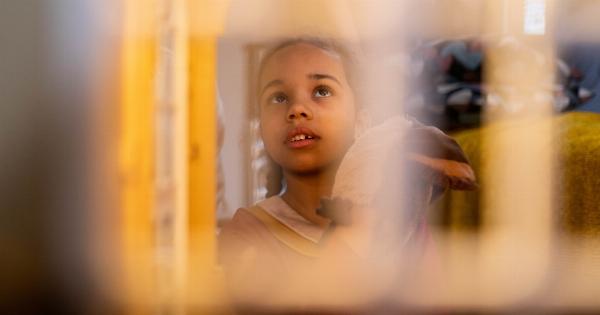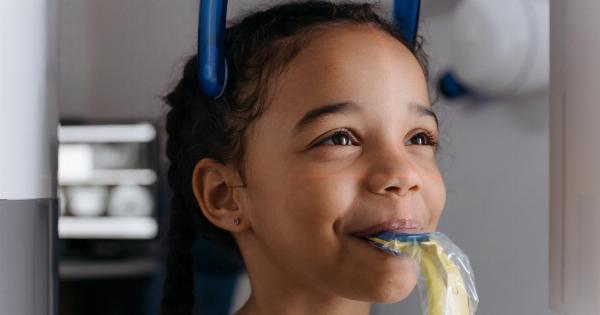Orthodontic concerns are common among children, and addressing these issues at an early age is crucial for their overall dental health.
Orthodontics focuses on correcting misalignments and irregularities of the teeth and jaw, ensuring proper oral function and aesthetics. This article will discuss the top orthodontic concerns for children, their causes, and treatment options available.
Crowding
Crowding is a prevalent orthodontic concern among children. It occurs when there is insufficient space for all the permanent teeth to erupt properly. Crowding can lead to teeth overlapping, rotations, and other alignment issues.
The primary causes of crowding include genetics, tooth size, and early loss of primary teeth. Treatment options for crowding include expanding the dental arches, removing selected teeth, and orthodontic appliances like braces or aligners.
Malocclusion
Malocclusion refers to the misalignment of the upper and lower teeth when the jaws are closed. Common types of malocclusion in children include overbite, underbite, and crossbite.
Overbite occurs when the upper front teeth significantly overlap the lower front teeth, while underbite is the opposite, with the lower teeth protruding beyond the upper teeth. Crossbite refers to the misalignment of the dental arches where the upper teeth fit inside the lower teeth. Various treatment options for malocclusion include braces, functional appliances, and orthodontic headgear.
Open Bite
An open bite is a condition where the upper and lower teeth do not come together when the jaws are closed, leaving a gap between the biting surfaces. This concern can lead to difficulties in biting, chewing, and speaking.
Thumb sucking, tongue thrusting, and prolonged pacifier use are common causes of open bite in children. Corrective methods may include braces, habit-breaking appliances, speech therapy, and orthodontic intervention to facilitate proper growth and development.
Overjet
Overjet, commonly referred to as “protruding teeth,” occurs when the upper front teeth extend significantly forward beyond the lower front teeth.
This condition is not only a functional concern but also affects the aesthetic appearance of a child’s smile. Overjet can result from genetics, thumb sucking, tongue thrusting, or mouth breathing. Treatment options for overjet include braces, functional appliances, and orthodontic headgear.
Spacing
Spacing issues arise when there are gaps or spaces between teeth. While some degree of spacing is normal, excessive gaps can lead to aesthetic concerns and difficulty in cleaning the teeth properly.
Missing teeth, small teeth, or abnormal growth patterns are common causes of spacing problems. Orthodontic treatment options for spacing may include braces, aligners, and sometimes dental restorations like bonding or veneers.
Crossbite
Crossbite occurs when one or more teeth are incorrectly positioned in relation to their opposing teeth. It can involve a single tooth or a group of teeth.
Crossbites can cause functional and aesthetic concerns and may result from genetic factors or abnormal jaw development. Treatment options for crossbite include braces, expanders, and other orthodontic appliances to realign the teeth and jaws.
Impacted Teeth
Impacted teeth are teeth that fail to emerge or properly align with other teeth. This commonly occurs with wisdom teeth but can also happen with permanent molars or canines.
Impacted teeth can cause pain, heighten the risk of infection, and affect the alignment of surrounding teeth. Treatment for impacted teeth may involve extraction, orthodontic intervention, or a combination of both.
Protrusion
Protrusion refers to the condition where the upper teeth significantly protrude forward from the lower teeth.
Also known as “buck teeth,” this orthodontic concern can impact a child’s self-esteem and increase their vulnerability to dental trauma. Genetic factors, thumb sucking, and improper oral habits contribute to protrusion. Orthodontic treatment options, including braces, functional appliances, and orthodontic headgear, can help align the teeth and reduce protrusion.
Missing Teeth
Missing teeth, or congenitally missing teeth, occur when certain teeth fail to develop. This condition can lead to alignment problems, spacing issues, and difficulties in biting and chewing.
Orthodontic treatment options for missing teeth may involve braces or aligners to close gaps, dental implants, or removable partial dentures to replace the missing teeth.
Underdeveloped Jaws
Underdeveloped jaws can lead to various orthodontic concerns, including improper bite alignment, overcrowding, and speech difficulties. Genetic factors, mouth breathing, thumb sucking, or abnormal jaw growth contribute to this condition.
Treatment options for underdeveloped jaws may include functional appliances, headgear, or orthodontic expansion devices to encourage proper jaw growth and alignment.
Conclusion
Early orthodontic intervention is vital for addressing orthodontic concerns in children promptly. Addressing these concerns during childhood can prevent more severe problems in the future and improve a child’s overall oral health and well-being.
By understanding the different orthodontic concerns and the various treatment options available, parents can seek timely professional help to ensure their child’s optimal dental development.


























